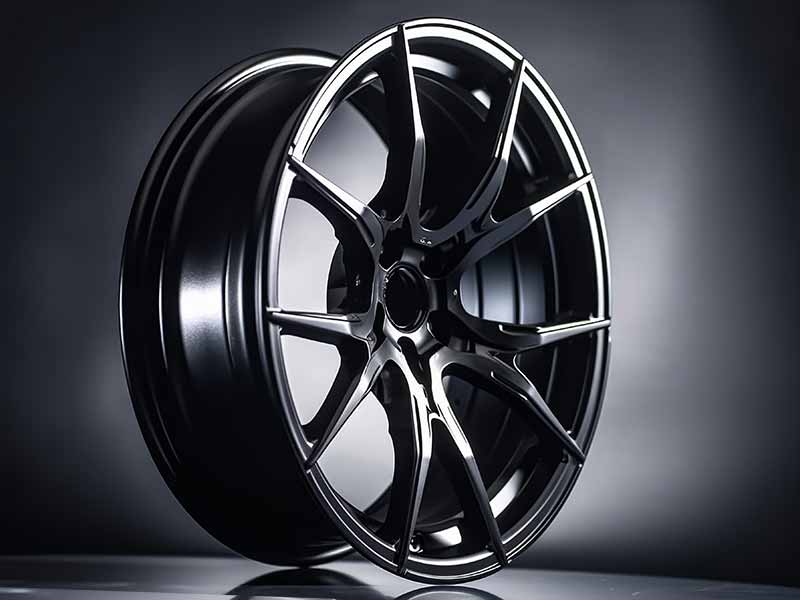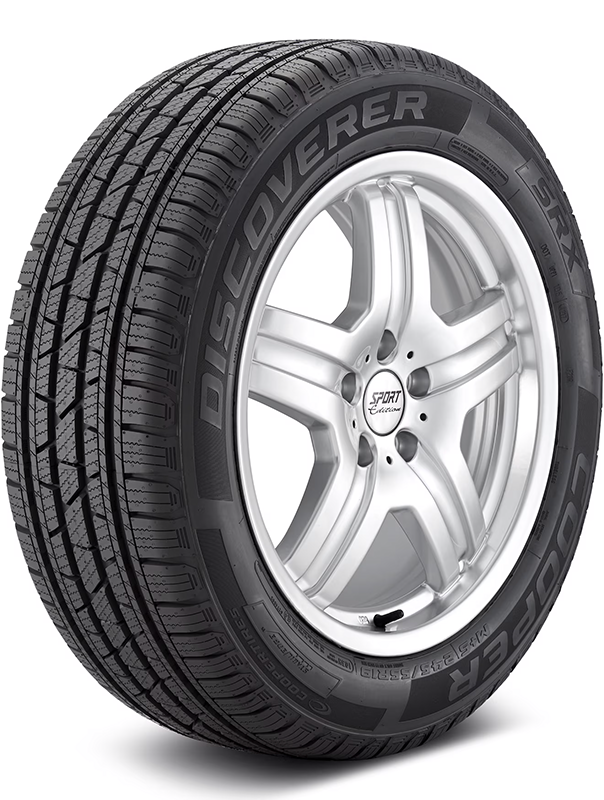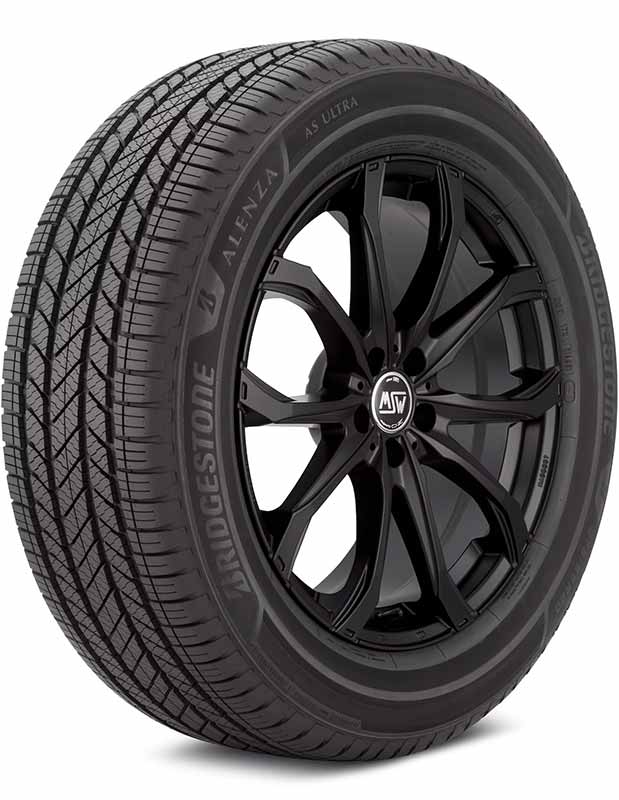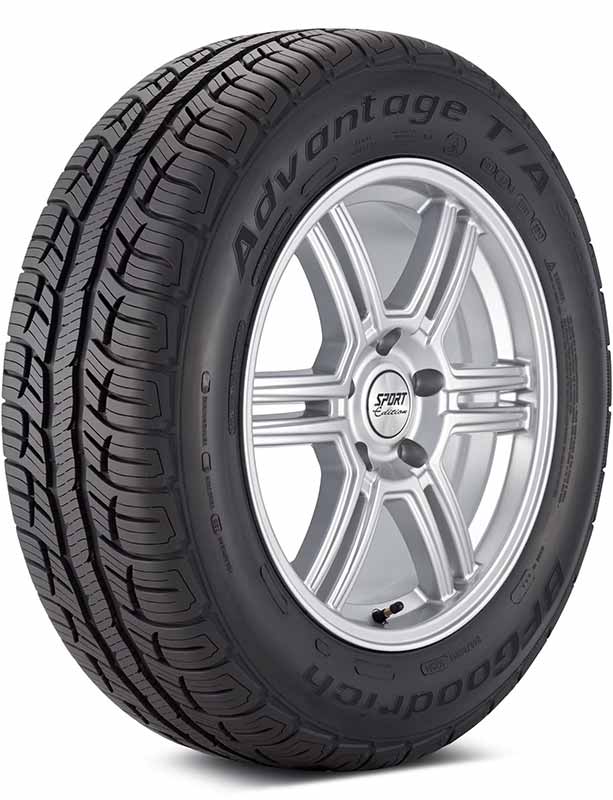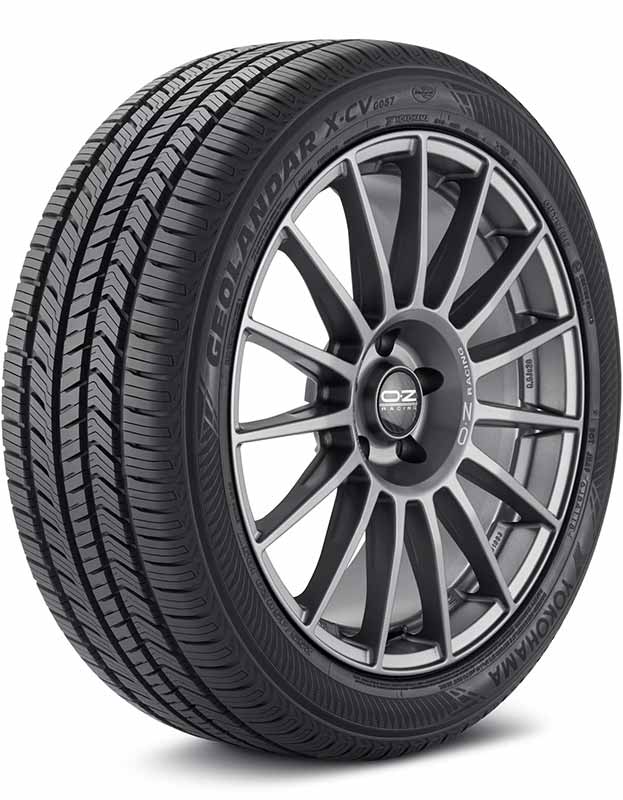Have you ever wondered about the difference between rims and wheels, or why people often use these terms interchangeably? Although people often use the terms “rims” and “wheels” interchangeably, it’s crucial to know the dissimilarities between them, especially when it comes to upgrading your vehicle’s performance.
Rims Vs Wheels
Wheels are the part of your vehicle your tire is mounted onto, while the rim is a part of the wheel that holds the tire in place.
In this article we’ll dive into the world of wheels and rims to discover their unique features, roles in vehicle performance, and how to choose the right ones for your ride. By the end of this blog post, you’ll be a wheel and rim expert, ready to make informed decisions about your vehicle’s style and performance.
Understanding Wheels and Rims
Technically speaking, wheels and rims are two distinct components of a vehicle. The wheel is the entire metal part that attaches to the hub, while the rim is the outer edge of the wheel that holds the tire in place. Both wheels and rims play crucial roles in a vehicle’s performance, and they come in a variety of materials, such as steel and aluminum alloy.
So, it’s essential to understand the difference between them and their unique features to make the best decision for your car.
Wheel Components
A wheel consists of a central disc or hub, a rim, and a tire. The hub connects the wheel to the axle and houses the wheel bearings, enabling the wheel to rotate smoothly. The wheel disc supports the spokes. It also houses the center bore and lug nuts or bolts. The lug holes, which make up the bolt pattern, are essential for securing the wheel to the vehicle hub. The number of lug holes in a vehicle typically depends on the car’s make and model, with many vehicles having a five-bolt pattern.
The rim is the outer part of the wheel that the tire sits on. Rims are usually made of the same metal or alloy as the rest of the wheel, often with a Teflon coating for extra protection. They play a vital role in ensuring a proper fit between the wheel and tire, maintaining an airtight seal and keeping the air inside the tire.
Rim Features
The rim is the outer edge of the wheel, visible when looking at the wheel from the side. It features a U-shaped design, with the center being deeper than the sides. The rim lip, which runs around the circumference of the wheel, sits underneath the tire and extends the width of the wheel. The flange, found at the edge of the rim lip, is the first part that curves in to meet the tire.
Rims play a crucial role in holding the tire in place and ensuring a snug, airtight fit. This airtight seal is maintained with the help of mounting humps, which secure the tire to the rim flange and prevent the wheel from slipping inward.
Curb rash, the most common type of rim damage, occurs when the rim lip closest to the tire gets chipped, rubbed, or ground down, typically when parking and the wheel rubs against the curb.
The Role of Rims in Vehicle Performance
Rims have a significant impact on a vehicle’s performance. They provide strength and support to the wheel, maintain an airtight seal with the tire, and can add aesthetic appeal to a vehicle. Rims affect a car’s stability, braking distance, acceleration, and even fuel consumption.
So, it’s crucial to understand the role of rims in vehicle performance to make informed decisions about your car’s wheels and rims.
Strength and Support
Rims give strength and support to the wheel and tire, ensuring that they work together efficiently and safely. A properly fitted rim keeps the tire airtight, which is essential for maintaining proper tire inflation and ensuring optimal wheel performance.
Additionally, rims can be customized to match the style of your vehicle, enhancing its overall appearance.
Airtight Seal
An airtight seal between the rim and tire is crucial for maintaining proper tire inflation and ensuring optimal wheel performance. Rims provide this airtight seal by firmly holding the tire in place, making sure no air escapes between the tire and the rim.
Creating a tight bond between the tire and the rim, using tubeless tape and proprietary beads materials and shapes, ensures that air does not escape and that the tire remains inflated.
Aesthetic Appeal
Rims can significantly enhance the visual appeal of a vehicle. With a wide variety of styles, finishes, and sizes available, rims can be customized to match the style of your car, giving it a unique and eye-catching look.
From sleek and fast to big and beefy, changing your rims can transform the appearance of your vehicle, making it stand out on the road.
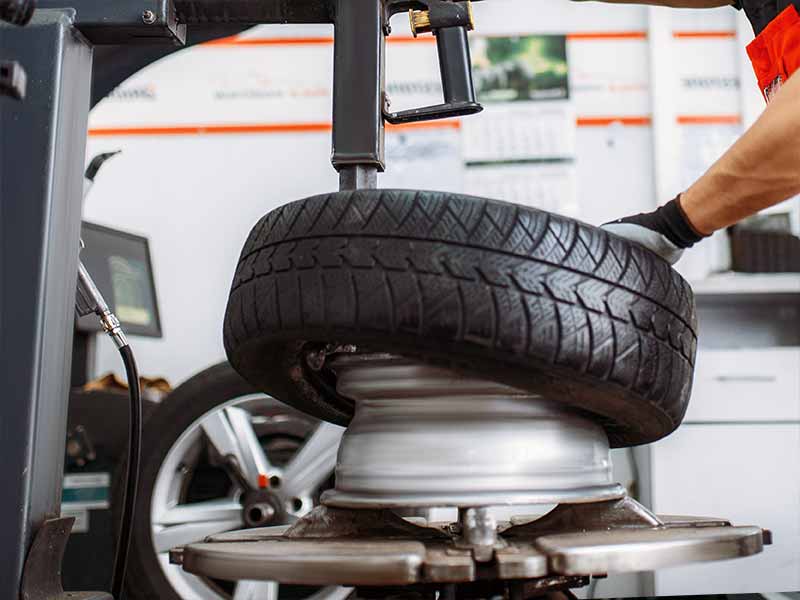
Wheels: More Than Just Rims
While rims are an essential component of wheels, it’s important to remember that wheels are more than just rims. Wheels are made up of several components, including the hub, rim, spokes, and central wheel disc. Each of these components plays a critical role in the overall performance and functionality of the wheel.
So, when considering your car’s wheels, it’s crucial to understand the importance of the entire wheel, not just the rim.
Hub Functionality
The hub of a wheel connects the wheel to the axle, houses the wheel bearings, and provides a place to mount the wheel. It is secured with lug nuts, enabling the wheel to rotate smoothly and ensuring proper alignment.
The hub is essential for a wheel because, without it, the wheel wouldn’t be able to rotate and fulfill its purpose. Therefore, understanding the role of the hub in wheel functionality is crucial for maintaining optimal vehicle performance.
Wheel Size and Tire Compatibility
The size of the rim determines the size of the tire that can be installed on your car. It’s essential to ensure that the wheel size and tire compatibility are appropriate for your vehicle to maintain optimal performance and safety.
To figure out the size of a wheel, you’ll need to measure the diameter of the rim. By understanding the relationship between wheel size and tire compatibility, you can make informed decisions about your vehicle’s wheels and tires.
Material Differences
Wheels can be made from various materials, including steel, aluminum, and even wood. Steel and aluminum are the most popular materials used for wheels today, with aluminum often combined with other metals like iron, copper, silica, zinc, and magnesium. Each material has its own advantages and disadvantages, with steel wheels being strong and durable, but heavier and costlier than aluminum wheels.
Aluminum wheels, on the other hand, are lighter and more affordable but can be more prone to corrosion and wear. When choosing the material for your wheels, it’s important to consider factors such as weight, durability, and cost.
Proper care and maintenance of your wheels, including regular cleaning and checking for signs of wear and tear, can help ensure that your wheels remain in good condition and perform at their best.
Choosing the Right Rims and Wheels for Your Vehicle
Selecting the right rims and wheels for your vehicle is crucial for maintaining optimal performance, safety, and style. By understanding the difference between rims and wheels, as well as the various components that make up a wheel, you can make informed decisions about the best options for your car.
In this section, we’ll provide guidance on factors to consider when choosing the right rims and wheels for your vehicle.
Factors to Consider
When selecting rims and wheels, it’s important to consider factors such as wheel size, tire compatibility, material, and style. The right fit, size, material, offset, and construction are essential for ensuring optimal performance and safety. Additionally, it’s crucial to purchase your wheels from a reliable store and avoid going too big with the size to prevent potential issues.
When deciding on size and material, consider wheel diameter, width, and material, as alloy wheels offer a great balance of style and performance. Additionally, think about the wheel’s style, the vehicle type, and the tire type when considering design and compatibility.
Popular Rim Styles
There are numerous rim styles available, each with their benefits and drawbacks. Some popular styles include spoke, alloy, chrome, black, colored, anodized with two colors, concave, big for off-roading, and polished aluminum rims.
Spoke rims, for example, are a classic style featuring spokes extending from the center of the wheel to the outer edge and are usually made of steel or aluminum. Alloy rims, on the other hand, are made from a combination of metals like aluminum and magnesium, offering a lightweight yet strong option for performance vehicles.
By exploring different rim styles and understanding their benefits, you can select the perfect rims to match your vehicle’s needs and style.
Proper Care and Maintenance
Taking care of your rims and wheels is essential to ensure they last and perform at their best. Regular cleaning with mild soap and water helps prevent corrosion and rust, keeping your rims and wheels looking their best.
It’s also important to avoid harsh cleaning agents and acidic cleaners, as they could potentially damage the finish of your rims and wheels. By performing proper care and maintenance, you can keep your wheels looking great and functioning optimally.
Resources
Below are some links you may find helpful when learning about tires
- Difference between wheels, rims and hubcaps – Discount Tire
- Rims vs wheels, what is the difference? – Tire Agent
Final Thoughts
In summary, understanding the difference between rims and wheels, as well as the various components that make up a wheel, is crucial for making informed decisions about your vehicle’s performance, safety, and style. Rims play a vital role in vehicle performance, providing strength, support, and aesthetic appeal. Wheels, on the other hand, are more than just rims and include crucial components such as the hub, which connects the wheel to the axle.
By considering factors such as wheel size, tire compatibility, material, and style, you can choose the right rims and wheels for your vehicle. Proper care and maintenance of your rims and wheels will ensure they last longer and perform better, keeping your vehicle looking great and running smoothly.
Good luck and happy motoring.
